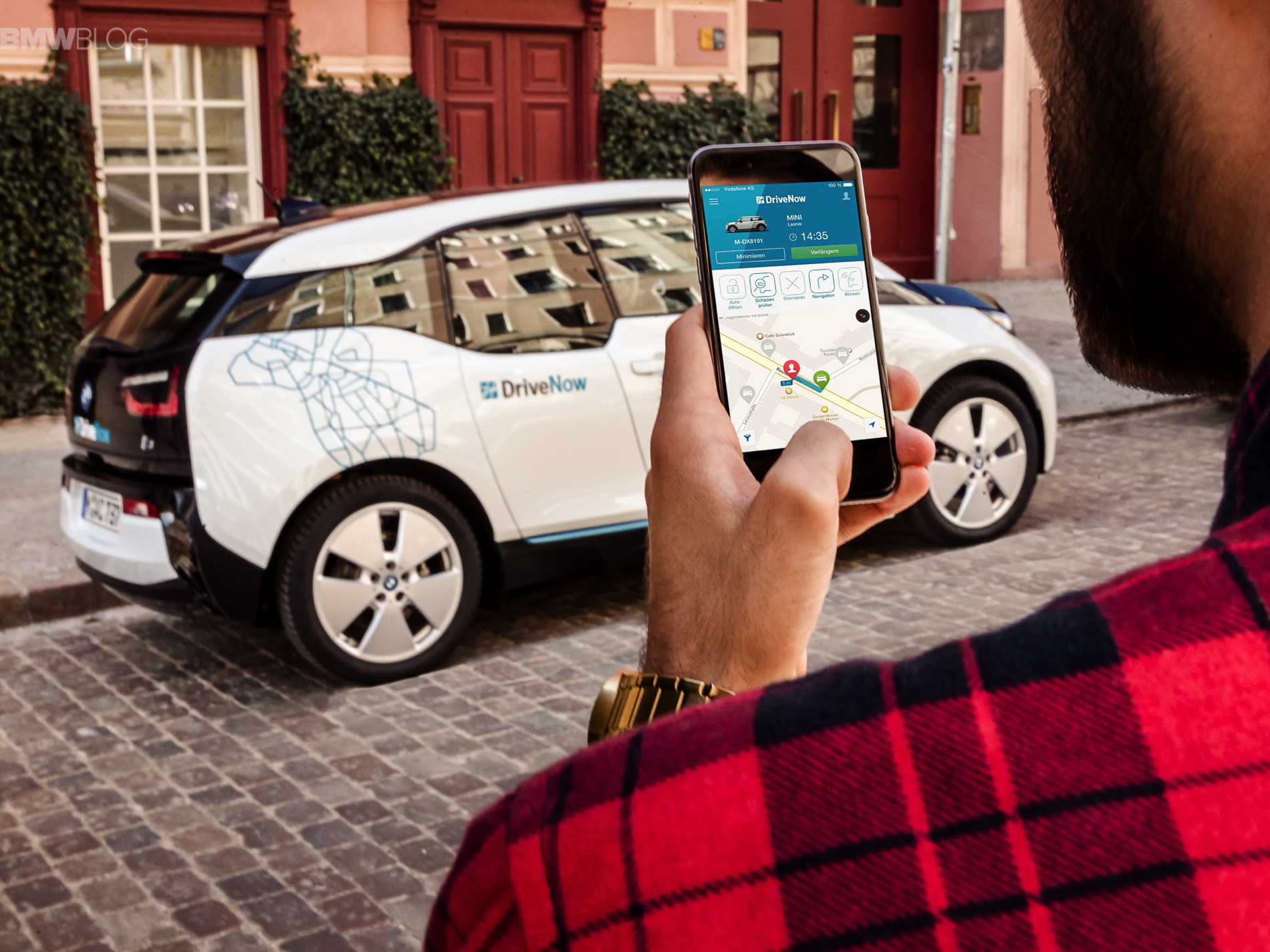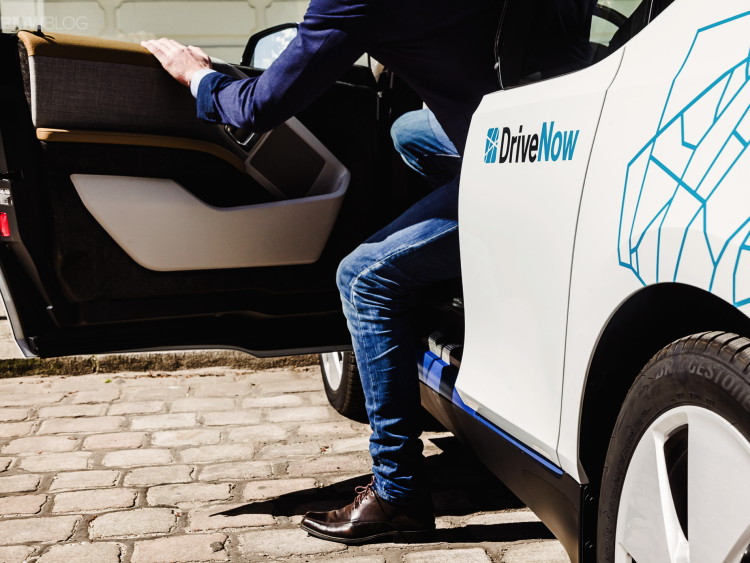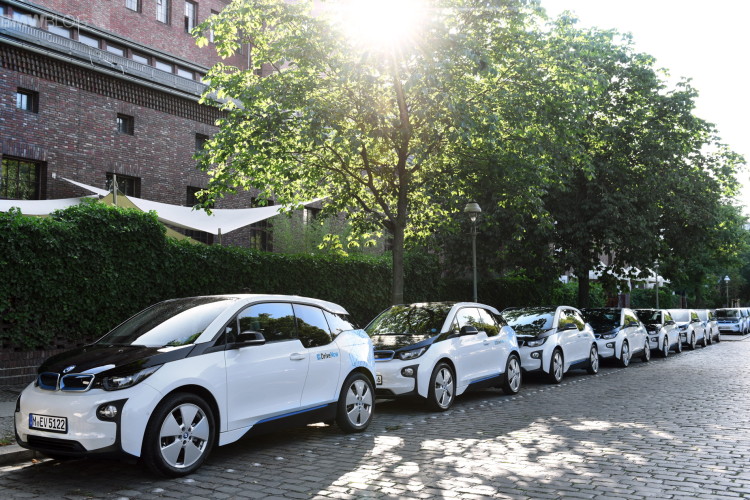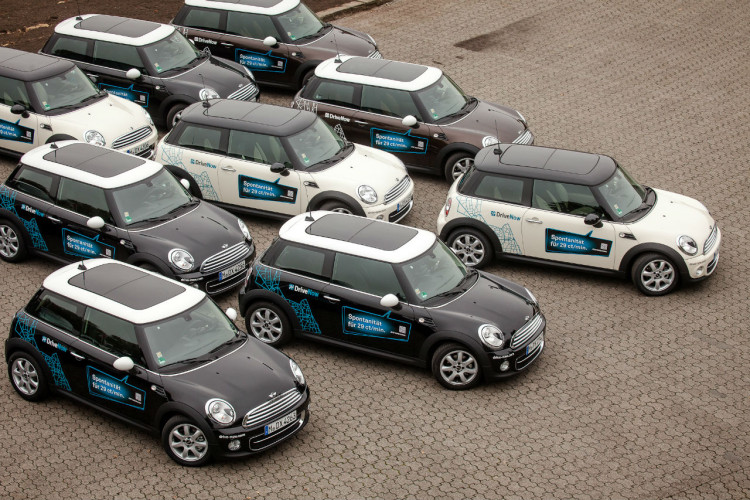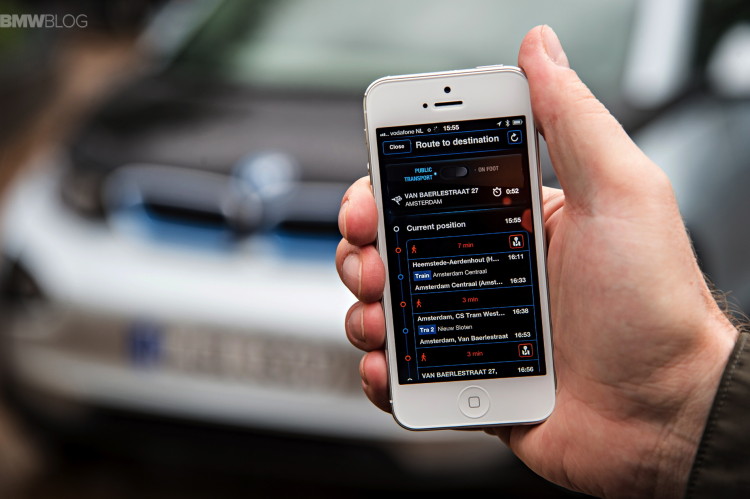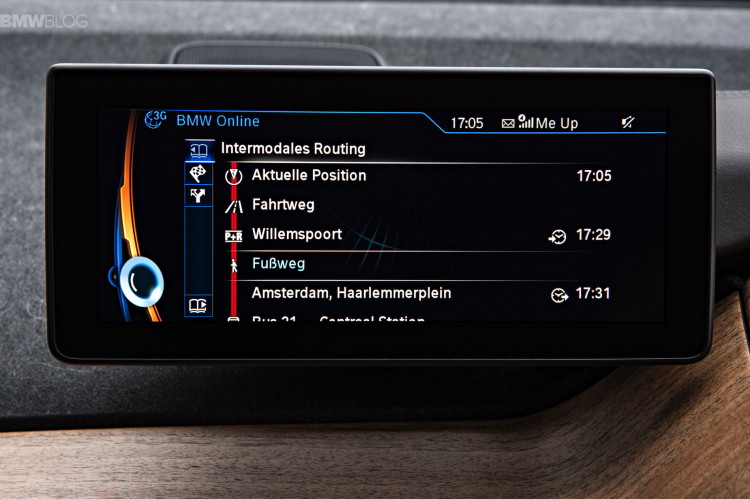Renting a car. Somehow renting a car did not always work for me in Europe. Every time I ran into problems. Once, the credit card was simply not accepted, other times my refunded money were blocked for two weeks and often I’ve been charged for scratches on the car that did not occur during my rental period. Even with the pre-paid rental insurance, it took three months to get the money refunded to me. So, I stop believing that renting a car in Europe will ever work flawlessly.
But being a sucker for new tech, I decided to give in and try the new kids on the block: car-sharing companies like Car2Go and DriveNow. I downloaded their app, but unfortunately I was found myself in cities where the service wasn’t offered. Until one day when heading to Munich, I received a notification that DriveNow is available in the beautiful Bavarian city and for a discount, I could take advantage of DriveNow’s cars. 5 minutes and 20 Euros later, I was signed up through the mobile app and on my way to the Sixt location to pick up the car. The Sixt folks had me a sign a form, show my valid driver’s license and was pointed to the DriveNow parking lot. By using the provided card, you simply get into the car and drive off. Everything worked like magic and was half the price of a taxi.
The experience has hooked me on the service and been trying ever since to tailor my travel plans around the DriveNow locations. So I decided to put together a little guide on DriveNow: what you should expect from a car sharing service, why use it, how to use it and what’s coming next.
What is it?
BMW Group calls it, very scientifically, a “flexible, station-independent carsharing service.” What it really means is that cars are spread all over a city. You can use any car you find available by simply “activating” it with a special card (now also directly via the app). You are charged per minute, and this is all you pay. There are no hidden costs, no fuel charges, no insurance fee (I’ll come back to that later). And then you will be charged directly on your credit card. It’s like Uber in a way, but you pick up the car and drop it wherever you want. The magic is the „station-independent” part.
According to Wikipedia, DriveNow has now about 3,000 cars. It is active in San Francisco, London, Vienna and some German cities, including Berlin and Munich. It is not the largest carsharing service, but it is maybe one that has the strongest development. Norbert Reithofer (the former CEO of BMW) was announcing in March an expansion program for 10 cities in US and 15 in Europe. And in recent months there was a long series of announcements around the development of these services, some very bold and innovative. Still, according to German outlet “Manager Magazin”, DriveNow is still struggling to make a profit and it would need restructuring.
Why use it?
Because it’s cheaper than taxis and it’s faster and more convenient than public transportation. If you travel in a group of four, it can be even cheaper than than public transportation. In cities like Munich, it’s also especially great for city-to-airport trips. The navigation system also knows that you’re near the airport, and it will guide you to find the special parking area.
With a fleet of several hundred cars per city (from over 1000 in Berlin to only 250 in Duesseldorf), you can easily find an available car and reserve it. The app is also very friendly and gives you details about the cars, you also have a 15-minutes free hold on the car, and you have, of course, a map to guide you to the car. To this date, every time I used the service, I was able find a car in a half a mile range. And then, when you’re done, you can park almost anywhere on the street, without any fees.
Every month, there are new services and features added; the app is constantly evolving and there is now even a referral program so you can “win” more minutes to use the cars. And with pre-paid packs, you can get even better rates. The app gives you the option to separate personal from business travel and be invoiced accordingly. If you take the time to refuel/recharge the car (the fuel or charge is under 25%), you get a 20 minutes bonus (and you have in the car several fuel cards to use). The more you spend with the service, the more cool stuff you’ll get.
And, the coolest thing for all the technology aficionados out there, you get to drive a BMW i3 in many cities.
What’s not to like?
There is one “hidden cost” – insurance. Normally, there is a collision damage waiver of 750€ (500€ for BMW i3). If you pay 1€ per booking, you reduced it to 350€. The same can be achieved by paying a yearly fee of 100€ or with a yearly fee of 200€, you reduce the deductible to zero. So it’s normal to drive the car and have an “what if moment” that could turn a 20€ trip into a 370€ one.
One other annoyance is the cleanliness of some cars, I’ve encountered plenty that were not very tidy.
Then, there is the modified iDrive system. Arguably one of the best navigation systems in the world, the iDrive nav system used in the DriveNow cars has been modified to fit the scope of the program and even though it offers useful information like parking and travel restrictions, it comes with new maps that are almost impossible to read, the menus are much more complicated and you simply can’t get to “Vehicle status” menu for error messages i.e. flat tires.
And last but not least, it can be annoying to quickly find parking in some crowded European cities. A normal thing if you drive your own car, but becomes even more annoying when you pay by the minute. Apparently BMW is working on this issue also to provide special parking spots in the city for car sharing programs.
Why do you need to pay more attention to car sharing services? The future.
In the last 6 months, BMW has made some announcements that have the potential to transform DriveNow in something more than a cool transport solution for your vacation in Europe:
- It’s growing fast. I already mentioned an expansion plan that included about 25 cities worldwide (although there was no timeline). Also, last month, BMW Bank, together with MasterCard and Deutschen Kreditbank AG, introduced an NFC credit card that is giving you automatically the possibility to use the DriveNow services. Hopefully other banks will follow.
- There is a clear path to changing the ways we use the car. Owning a car is becoming unappealing in a world of on-demand apps like Uber, or due to the inner city driving restrictions as seen in London, or due to the ridiculously increasing costs of car ownership. Some stats show that nearly 38 percent of DriveNow customers have sold their personal car. I strongly believe in a future where you have the freedom of individual mobility without the headaches of owning a car. So more and more consumers will turn to a combination of transportation services, including car sharing.
- Google-like swarm intelligence. BMW is planning to use the GPS and travel information (anonymously, of course) of the DriveNow cars in order to make predictions about parking spots availability. Having several hundred GPS tracked cars in a city is a good data source to build some clever scenarios for predicting and understanding traffic. Hopefully we will see more on this soon.
- BMW plans to transform personal cars in a DriveNow fleet. Starting next year, MINI customers (first in U.S.) will be able to have cars delivered with the DriveNow hardware included. These MINIs can be used as DriveNow cars by the registered users of the service. This opens up, of course, a lot more cars that are available through the program, while also providing new earning channels for both the customer and BMW. Details about how the project will be implemented will be communicated in the future. It still remains to be seen how this “personal car sharing” will work and how profitable it will be for the owners. I have my doubts about the process, especially around the payment options and insurance, but, if successful, the project has a game changing potential.
- Finally, my own futuristic long term prediction – in a future of autonomous driving, apps like Uber and DriveNow are going in the same direction: a scenario where you will have a car “on demand”, you will use it/drive it to your destination and then the car will drive autonomously to the next costumer. This will open the service to everybody and it might no longer require to own a driver license. You can send you kids to school or make the life much easier for blind people. This is a future with significantly less cars on the street and a completely different automotive market. According to a study, we use our cars about 5 percent of the effective time we own them – imagine what will happen when the cars are used 100 percent. Also, the cityscape will change dramatically, as there will be no need for parking places.
In conclusion, it’s very important to understand that car sharing has the potential to transform both the way we relate to individual mobility and the automotive market as we know it now.


